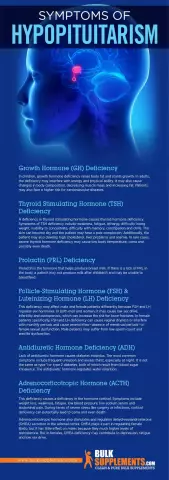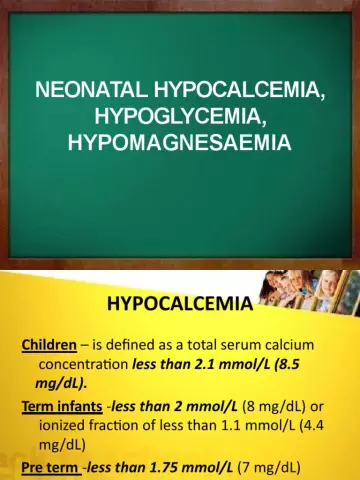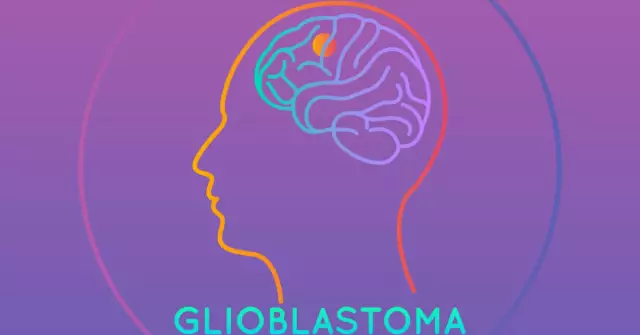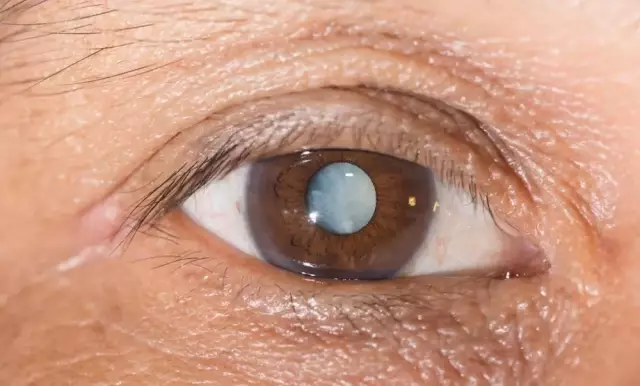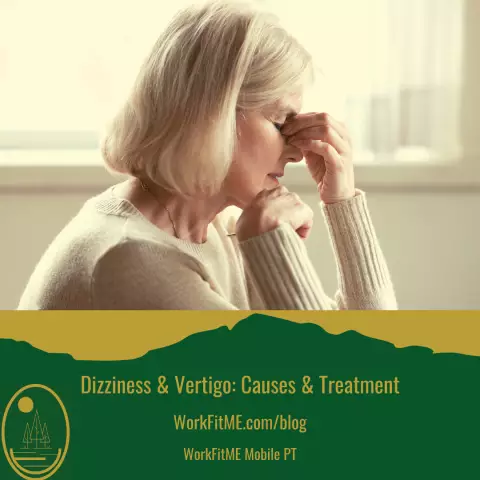Diseases
Last modified: 2025-11-02 20:11
Hyperuricemia occurs when the kidney filtration and tubular function is impaired. Acquired hyperuricemia is most common in old age
Last modified: 2025-11-02 20:11
Hypercholesterolemia is a persistent pathological increase in blood cholesterol levels, which is one of the main risk factors for the development of atherosclerosis
Last modified: 2025-11-02 20:11
Hypovolemia is a pathological condition manifested by a decrease in the volume of circulating blood, in some cases accompanied by a violation of the ratio between plasma and formed elements (erythrocytes, platelets, leukocytes)
Last modified: 2025-11-02 20:11
Hypoglycemic coma is an acute life-threatening condition caused by a sharp drop in the concentration of glucose in the blood; extreme hypoglycemia
Last modified: 2025-11-02 20:11
Hypogalactia is a condition characterized by a decrease in the amount of milk secreted by the mammary glands, or a short, less than 5 months, lactation period. Is one of the main reasons for early termination of breastfeeding
Last modified: 2025-11-02 20:11
Hypokalemia is a human condition characterized by a low potassium content in the blood
Last modified: 2025-11-02 20:11
Physical inactivity is a common pathological condition in which there is a violation of body functions against the background of reduced physical activity
Last modified: 2025-11-02 20:11
Hypocalcemia - a pathological condition of a person characterized by a low calcium content in the blood plasma
Last modified: 2025-11-02 20:11
Hypokinesia is a decrease in human motor activity, characterized by a lack of volume, pace, range of motion, a sedentary lifestyle
Last modified: 2025-11-02 20:11
The causes of cerebral hypoxia or a condition associated with an insufficient supply of oxygen to the brain may be cerebral circulation disorders, acute cardiovascular failure
Last modified: 2025-11-02 20:11
Hypomania is one of the mood disorders (mood disorders) characterized by a mild degree of mania and the absence of psychotic symptoms (hallucinations, delusions)
Last modified: 2025-11-02 20:11
Hyponatremia is a pathological condition based on a decrease in the concentration of sodium ions in the blood to a level below 135 mEq / L
Last modified: 2025-11-02 20:11
Hypopituitarism - a disease characterized by partial or complete loss of function of the anterior pituitary gland
Last modified: 2025-11-02 20:11
Hypoxia in newborns is one of the most common pathologies of the early neonatal period, which threatens with serious long-term consequences
Last modified: 2025-11-02 20:11
Uterine hypoplasia is one of the developmental pathologies leading to infertility and termination of pregnancy. Often combined with ovarian underdevelopment
Last modified: 2025-11-02 20:11
Hypoplasia of the thyroid gland is a rare disease in which there is an underdevelopment of the tissues of the thyroid gland and, accordingly, its insufficient functionality
Last modified: 2025-11-02 20:11
Hypoplasia is a congenital pathology characterized by insufficient development of one or another organ. Treatment usually focuses on relieving symptoms
Last modified: 2025-11-02 20:11
Hypoparathyroidism - a disease resulting from insufficient secretion of parathyroid glands of parathyroid hormone or impaired susceptibility to it of target organs, which is manifested by impaired metabolism of phosphorus and calcium
Last modified: 2025-11-02 20:11
Endometrial hypoplasia is an underdevelopment of the upper mucous layer of the uterus, which prevents pregnancy
Last modified: 2025-11-02 20:11
Hypoplasia - underdevelopment of the enamel (the upper layer of the crown of the tooth), less often - dentin (the bone substance of the tooth, which makes up its bulk) of both milk and permanent teeth
Last modified: 2025-11-02 20:11
Hypoproteinemia - a decrease in the amount of total protein (protein) in the blood serum. Whey proteins form the bulk of nonvolatile substances in blood plasma; their concentration ranges from 60 to 80 g / l, which is approximately 4% (according to other sources - 7%) of the total mass of proteins in the human body
Last modified: 2025-11-02 20:11
Hypothalamic syndrome is a complex of endocrine, autonomic and metabolic disorders that are associated with a disorder of the functions of the hypothalamus
Last modified: 2025-11-02 20:11
Hypospadias is a malformation of the urogenital system, which develops mainly in males
Last modified: 2025-11-02 20:11
Glycemia is the amount of glucose (or "sugar") in the blood. Normoglycemia is normal and hyperglycemia is high sugar
Last modified: 2025-11-02 20:11
Glioblastoma is a brain tumor that most often grows in the forehead and temples
Last modified: 2025-11-02 20:11
Hypothermia is a condition of the body that occurs as a result of a decrease in the central body temperature to a level below 35 ° C
Last modified: 2025-11-02 20:11
Hypotrophy is a pathological condition in children characterized by insufficient body weight in relation to age and height. Has several degrees of severity
Last modified: 2025-11-02 20:11
Glycogenoses is the name of a group of hereditary diseases, the cause of which is the absence of enzymes involved in the synthesis or breakdown of glycogen
Last modified: 2025-11-02 20:11
Gliosis is a mechanism for replacing damaged neuronal tissues with glial cells, which grow and eliminate lesions, as well as protect intact tissues. Glia cells are divided into the following types by the nature of growth and localization: anisomorphic, fibrous, diffuse, isomorphic, marginal, perivascular, subependymal
Last modified: 2025-11-02 20:11
Hyphema is a collection of blood (blood clot) in the anterior chamber of the eye. This condition is recorded more often as a consequence of trauma, but it can also occur when performing medical manipulations on the eyeball
Last modified: 2025-11-02 20:11
Glossitis is a special case of stomatitis and manifests itself as an inflammatory infection of the tongue caused by bacteria or viruses
Last modified: 2025-11-02 20:11
Glossalgia is a disease that manifests itself as pain in the area of the tongue. Almost always they are a consequence of any other diseases, therefore, early diagnosis of glossalgia helps to avoid serious consequences and complications
Last modified: 2025-11-02 20:11
Histoplasmosis is an infectious natural focal disease caused by the fungus Histoplasma capsulatum. The microorganism was first discovered by Samuel Darling at the beginning of the 20th century, therefore the disease is known as Darling's disease. Other names: reticuloendotheliosis, cavers' disease, reticuloendothelial cytomycosis, Ohio Valley disease
Last modified: 2025-11-02 20:11
Glioma is the most common primary brain tumor originating from neuroglia cells (auxiliary cells in nerve tissue)
Last modified: 2025-11-02 20:11
Deafness is a hearing impairment in which a person completely or partially loses the ability to hear. By the type of damage to the auditory analyzer, deafness can be sensorineural or conductive
Last modified: 2025-11-02 20:11
The cause of headache in the temples is a violation of cerebral circulation and nervous regulation of cerebral vessels
Last modified: 2025-11-02 20:11
A headache in the back of the head can be of a different nature and reflect various diseases that provoke it
Last modified: 2025-11-02 20:11
Acute purulent conjunctivitis is a widespread infectious disease that affects the mucous membrane of the eyes (conjunctiva)
Last modified: 2025-11-02 20:11
Headache during pregnancy is common and occurs more often in the first and third trimester
Last modified: 2025-11-02 20:11
Dizziness is an unpleasant sensation of objects moving around













